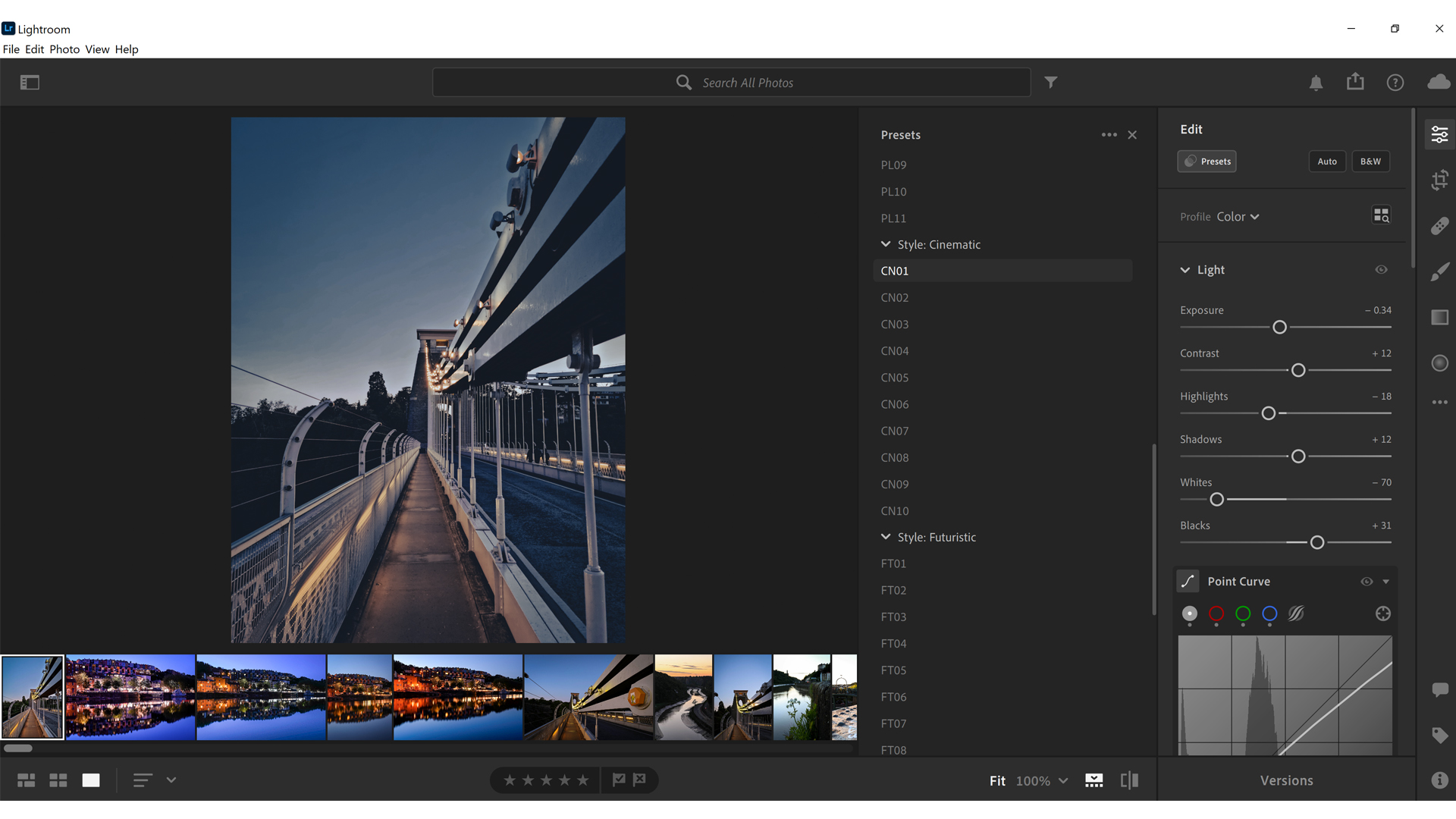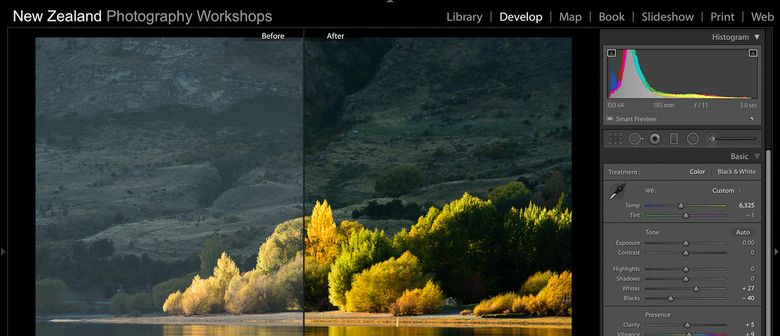

- #Adobe lightroom editing windows 10#
- #Adobe lightroom editing software#
- #Adobe lightroom editing professional#
- #Adobe lightroom editing free#
#Adobe lightroom editing free#
A minimum of 8GB is recommended for both, along with a 1024 x 768 resolution display.Īdobe Lightroom supports the use of plugins, and there are some amazing free and paid-for options that will allow photographers to get more from the program.
#Adobe lightroom editing windows 10#
In terms of operating systems, Lightroom Classic runs on Windows 10 (64-bit) 1903 and macOS Mojave (version 10.14) or later. Adobe Lightroom review: Compatibility and plugins Lightroom CC may still be initially intimidating to beginners, but the Learn section on the left of the interface offers genuinely helpful tutorials to help soften the curve and introduce users to a fantastic editing tool that works across desktop and mobile devices wherever you are. Like much of Lightroom Classic, it’s incredibly customizable, but overkill for the novice user. That said, many photographers will prefer to edit and output their images first and then use a third party to create any printed material. You can really get into detail within each module, and it’s even possible to print a book with Blurb straight from the software. Lightroom Classic is obviously tailored for more traditional means of “sharing” images, which is why the modules for Book, Slideshow, Print, and Web remain. It’s a solution that genuinely works, and is a great way to invite clients or even family members into the editing process. CC enables you to export an image to your device, while also – thanks to the storage on the cloud – creating a link to share that image with collaborators. The different output options between Lightroom CC and Classic show the stark difference in Adobe’s intended user. This doesn’t always work (it thought a lighthouse was a tree), but on the whole, it might save a lot of time manually inputting the information. Plus, Adobe Sensei artificial intelligence can automatically analyze images and tag them with appropriate keywords. The image search function of Lightroom CC is fantastic for sorting images, and it narrows a selection by file type, camera used, location, and more.
#Adobe lightroom editing software#
Presets are another mainstay of the software (saving your editing parameters to apply to a host of other images in one click), and ideal for batch processing, say if you have hundreds of photos from a wedding.Īdding tags and keywords to images is a laborious task for any photographer, but it’s the best way of making sure you can find shots again at a later date. Saving a Snapshot (also on the left of the image window) is a neat way to save the edit at any point in time – great if, like us, you tend to get carried away and want to compare your edit to an earlier version. One brilliant feature in Lightroom Classic is the ability to store a record of edits as you go (in the History tab to the left of the image window) so that you can see exactly how you have applied changes.
#Adobe lightroom editing professional#
This is a feature that makes you ask “why didn’t we have this before?” But nevertheless, it works effectively.įor professional photographers with a distinct visual style, being consistent with editing is vital. Lightroom is also available in a package with Adobe Photoshop, or as part of the Creative Cloud subscription.Another new addition to the 2021 version of Lightroom is the Local Hue tool, which allows you to change the hue in a selected area of the picture using an adjustment brush to paint over the image.


It is available for purchase individually for a monthly or yearly subscription. It also supports RAW image files, which is convenient for editing uncompressed images before exporting them.Īdobe Lightroom is part of the Adobe Creative Cloud software family. Lightroom features a variety of tools for processing and storing a large number of image files, making it more efficient for those who edit many photos at once. Lightroom is non-destructive, meaning it doesn't make changes to the original pixels in the image, which can be irreversible. Tools in Lightroom allow users to adjust the entire image using color curves, white balance, brightness and contrast, and other lighting and color adjustments. Unlike its counterpart, Photoshop, which is intended for a larger range of uses, Lightroom primarily features tools for the digital photography workflow. First developed in 2007, Adobe Lightroom is a professional image editing software for macOS and Windows computers.


 0 kommentar(er)
0 kommentar(er)
